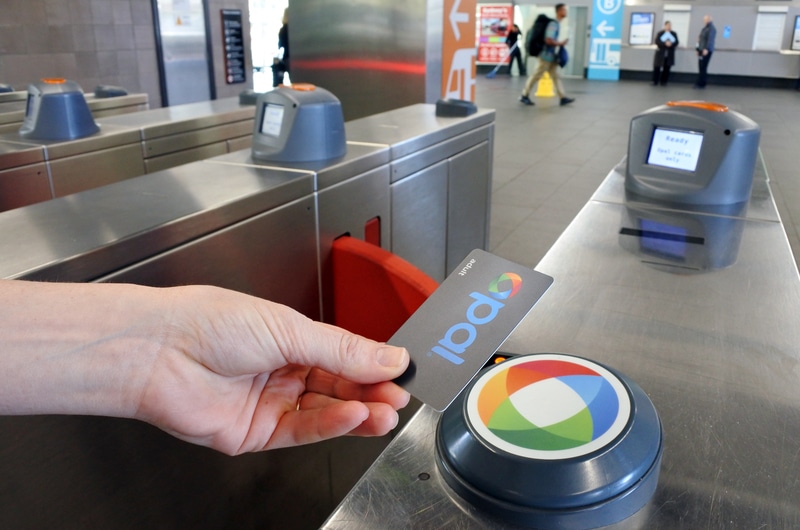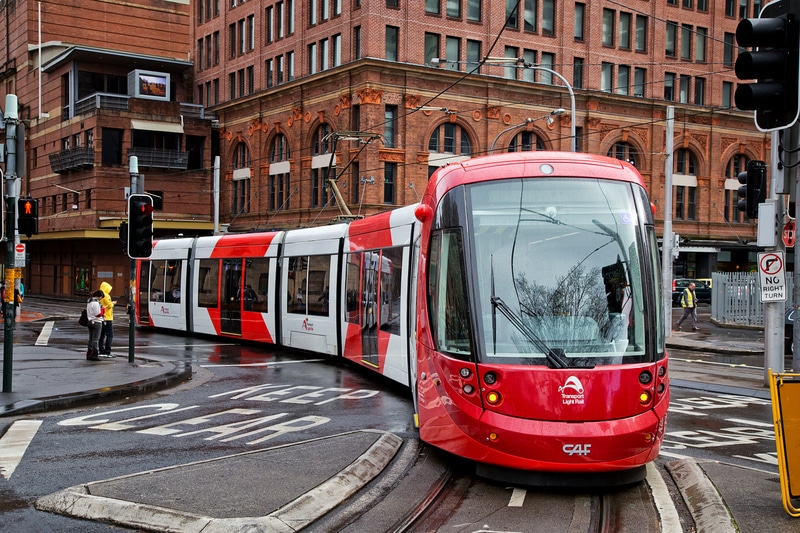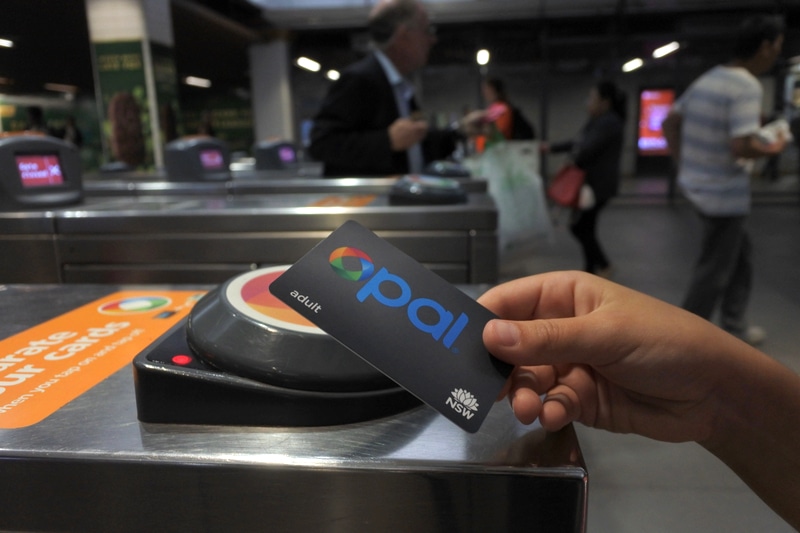
Article Highlights
The New South Wales government in Australia plans to spend just under AU$568 million (US$395 million) to upgrade its Opal fare payments system, including rolling out a digital Opal card and launching a mobility-as-a-service app. Transit officials in Sydney are sticking to their ambitious plans for MaaS, including likely offering a ‘Netflix for transport’ subscription plan.
It’s unclear how much of the $568 million budget allocation–set to be finalized next week–will go toward the MaaS platform and digitalization of Opal.
The New South Wales government in Australia plans to spend just under AU$568 million (US$395 million) to upgrade its Opal fare payments system, including rolling out a digital Opal card and launching a mobility-as-a-service app.





















